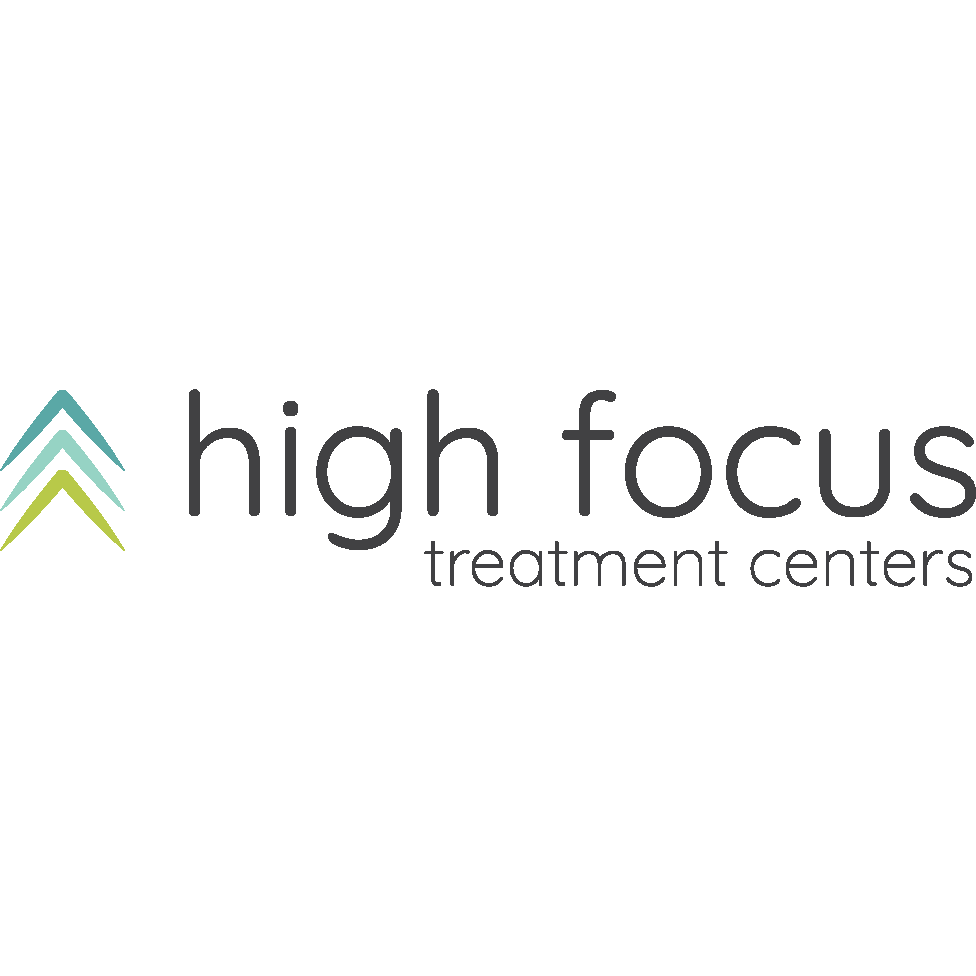
No one is immune from pain in this world, leaving many of us to develop a variety of coping mechanisms, some of them healthy, while others are more than harmful. Unfortunately, often our tendency as humans is to gravitate towards the more harmful coping mechanisms.
While the healthier habits may be slightly more challenging and uncomfortable, yet better for us in the long run. The nature of those harmful habits seem easier, and much more pleasure-inducing; damaging effects that could prove to be fatal coming from these harmful habits the longer they go on.
One of the most common harmful coping mechanisms is that of self-harm and substance abuse; and all too often, the two go hand-in-hand.
What is self-harm?
Self-harm is defined as any behavior where someone intentionally causes harm to themselves. While some might think that self-harm is always used in combination with the word and state of “suicidal,” this is not the case for everyone.
For many people, self-harming is a coping mechanism; a way of reclaiming control when they’re faced with trauma or unanticipated pain and stress. Between the feeling of control — even though only temporary — and the pain it creates, the person is able to experience a distraction from their internal suffering.
People who practice self-harming behaviors are not always suicidal. Someone who self-harms might not have any intention of dying, but because of the risky nature of certain methods of self-harm it’s possible for death to occur accidentally.
This is especially prevalent with the more extreme forms of self-harming, even when the individual may not have had any premeditated intention of having fatal results.
The addictive nature of self-harm
When you think of a behavioral addiction, which one comes into your mind first—gambling, shopping or maybe even social media? For most of us, self-harm isn’t usually on that list.
According to American Addiction Centers, a behavioral addiction is categorized by “the compulsion to continually engage in an activity or behavior despite the negative impact on the person’s ability to remain mentally and/or physically healthy and functional.” For some people, self-harm falls into this category.
Self-harm does not become addictive for everyone who engages in it, but it can be for many, especially those who are predisposed to addiction or are already abusing a substance.
Self-harm and substance abuse
Not everyone who self-harms will engage in substance abuse and vice versa, but it’s not at all uncommon to see addiction very active in this demographic. Both self-harm and substance abuse are different methods of coping, serving as a temporary escape or a numbing mechanism to deal with some form of pain.
People who have an untreated mental illness or disorder, or those who have experienced trauma (regardless of the severity), have a greater potential of developing the dual-struggle of substance abuse and addiction.
Because of the complexities of life and human emotion, it can be difficult to concretely say if one of these practices can lead to engaging in the other down the road, but there are a few studies that suggest this is possible.
Some people might begin with self-harm and escalate to substance abuse, while others begin with substance abuse and eventually turn to straightforward self-harm.
Symptoms of self-harm and addiction
Self-harming is often a very secretive practice, so it can be difficult to identify if someone is struggling with it or not, but there are a few signs you can keep an eye out for:
- Wearing long sleeves almost exclusively or in strange settings (e.g., a hot day)
- Withdrawing from romantic or platonic relationships, and avoiding social settings
- Unexplained cuts, bruises, or burns on their wrists, thighs, stomach or chest
In terms of substance abuse, here are the most common symptoms:
- Lack of interest or motivation to engage in things once enjoyed
- Unhealthy changes in appearance such as dramatic weight loss or weight gain, wearing dirty clothing or appearing uncovered
- Irrational mood swings, drastic changes in sleeping or eating patterns
- Regularly missing or making excuses to avoid social gatherings and work
If you’re worried that you or a loved one might be struggling with self-harm or substance abuse or both, the best thing you can do for them (or yourself) is seek professional help.
Reach out for professional support
Here at the Light Program, we offer a variety of full-spectrum mental health and addiction recovery services that are highly personalized to match, support and adapt with you as you go along your individual journey.
We know that beginning any new chapter in your life — let alone a challenging chapter like recovery — can be overwhelming, sometimes to the point where you convince yourself not to start the chapter at all.
But this isn’t something you have to go through alone; in fact, it’s something we exist to help you through.
If you want to learn more about what kind of treatment plan we can offer you or you would like additional resources regarding self-harm and substance abuse, reach out to us today.
You can call us directly at 610-644-6464.





